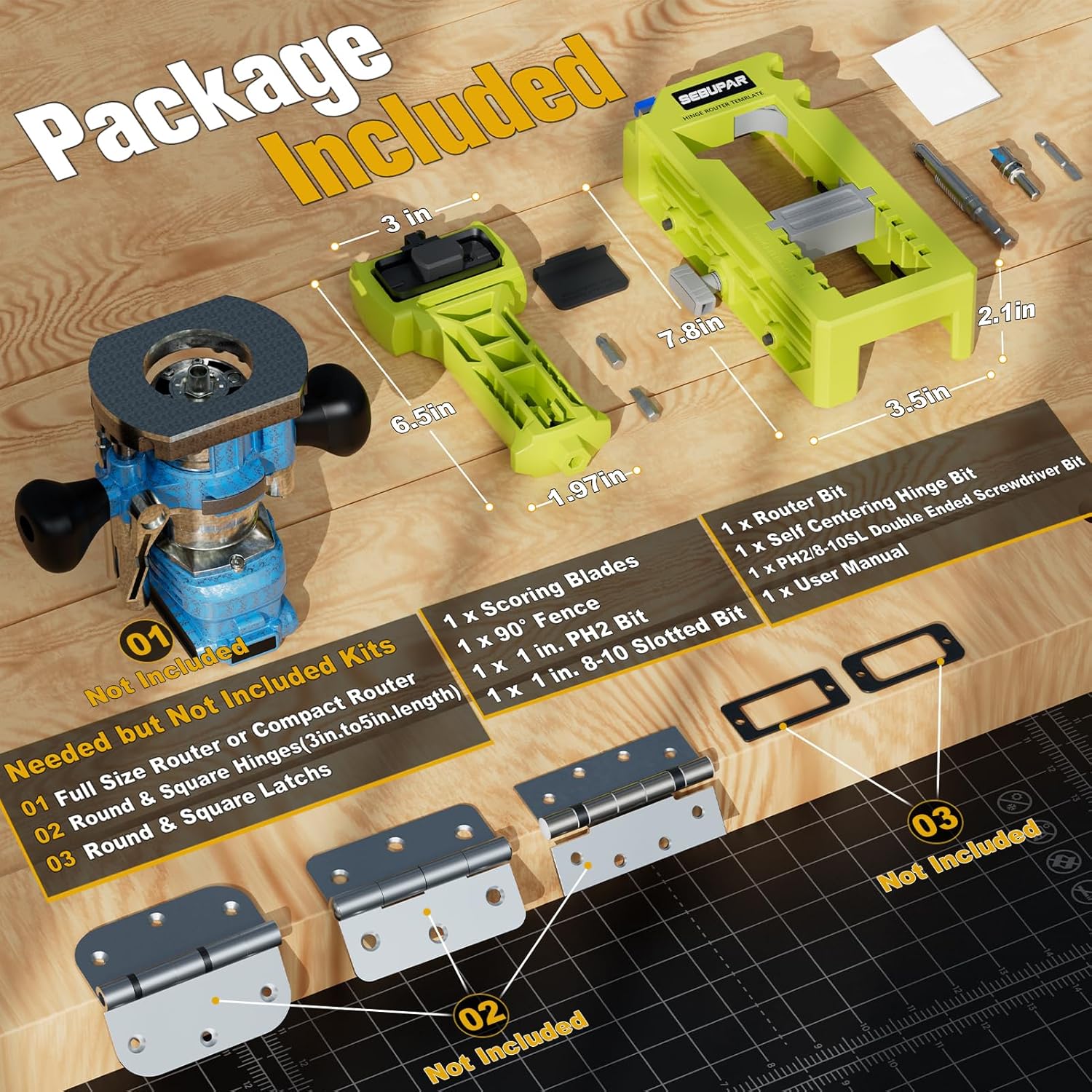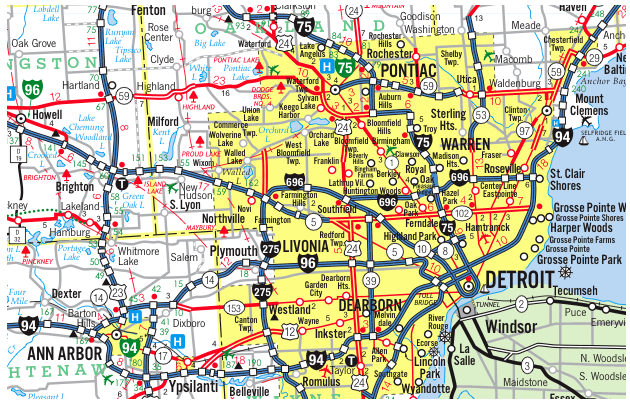The Importance of Proper Hinge Spacing on a 2-Hinge Residential Door
When installing or replacing a residential door, one of the most important, yet often overlooked, factors is the proper spacing of the door hinges. Proper hinge placement ensures that the door functions smoothly, aligns correctly, and provides long-lasting durability. For two-hinge doors, the right spacing between hinges is crucial for both safety and efficiency.
1. Why Hinge Placement Matters
The primary function of a hinge is to allow the door to open and close smoothly while supporting its weight. If the hinges are spaced too far apart or too close together, the door may sag, drag on the floor, or become misaligned. Over time, improper hinge spacing can lead to excessive wear and damage to both the door and its frame.
Proper hinge placement helps distribute the weight of the door evenly, ensuring that the door swings freely without causing strain on the hinges or frame. For residential doors with two hinges, this becomes even more critical since the distribution of weight relies on only two points of attachment.
2. Standard Hinge Spacing for a 2-Hinge Door
For a typical residential door with two hinges, the spacing between the hinges should follow some industry standards to achieve the best performance. While there can be slight variations based on door size and design, the general guidelines are as follows:
- Top Hinge Placement: The top hinge is typically placed 5 to 7 inches from the top edge of the door. This positioning ensures the door has sufficient support near the top and helps it maintain its alignment when it’s being opened or closed.
- Bottom Hinge Placement: The bottom hinge should be positioned 10 to 12 inches from the bottom edge of the door. This placement supports the bottom portion of the door, ensuring it remains stable while opening and closing.
These measurements are based on the typical 80-inch height of a residential door, but for larger doors or custom door sizes, the positioning may be adjusted proportionally.
3. Factors That Affect Hinge Spacing
While the general measurements above work for most standard doors, there are several factors that can influence hinge placement:
- Door Weight: Heavier doors, such as solid wood or metal doors, may require additional support. In these cases, the spacing between the hinges may need to be adjusted to account for the added weight. A heavier door may benefit from a hinge closer to the middle of the door, or the use of more than two hinges (especially for larger doors).
- Door Material: Different door materials have varying weight and flexibility characteristics. Wooden doors are more susceptible to sagging over time compared to fiberglass or steel doors. As a result, heavier wood doors may require closer hinge spacing for better weight distribution.
- Frame Material: The material of the door frame also plays a role in determining hinge placement. A solid wood frame may provide more resistance to door sagging than a metal frame, which can sometimes affect hinge placement.
- Door Height: For non-standard door heights, the spacing between hinges may need to be adjusted. For example, a taller door may require the hinges to be placed farther apart to prevent sagging, while a shorter door may not need as much spacing.
4. Impact of Incorrect Hinge Spacing
If the hinges on a two-hinge door are spaced incorrectly, several issues may arise:
- Sagging Door: One of the most common issues with incorrect hinge spacing is door sagging. If the hinges are too far apart or improperly positioned, the door can lean towards the bottom, causing it to drag on the floor or scrape against the frame. Over time, this can lead to misalignment, making the door difficult to open or close.
- Uneven Door Operation: If the hinge placement is uneven, the door may not open and close evenly, which can cause wear and tear on both the door and the frame. This can also compromise the security and insulation properties of the door.
- Damage to Hinges: Incorrect hinge spacing can place uneven stress on the hinges, leading to premature wear or even failure. In extreme cases, the hinges may bend or break, rendering the door inoperable and requiring costly repairs or replacements.
5. Adjusting Hinge Spacing for Better Functionality
If you find that your door has begun to sag or operate unevenly, the problem may lie in the hinge spacing. While it’s generally best to have a professional assess and make any adjustments, here are some potential fixes:
- Repositioning Hinges: If the hinges are spaced too far apart, they can be repositioned closer together, ensuring better weight distribution. This may require re-drilling holes in the door and frame.
- Adding a Third Hinge: For heavier doors, a third hinge in the middle can provide additional support and prevent sagging. This is particularly important for larger or heavier doors that may not perform well with just two hinges.
- Hinge Maintenance: Regularly checking the hinges for signs of wear or loosening can prevent door misalignment. Tightening the screws and ensuring that the hinges are not damaged will prolong the life of both the hinges and the door.
6. Conclusion
Proper hinge spacing is an essential element of a door’s functionality. By ensuring that the hinges are positioned at the correct height and distance from the door’s edges, you can avoid many common problems like sagging, misalignment, and uneven operation. While standard measurements work for most doors, always consider factors like door weight, material, and frame type when determining hinge placement. A well-spaced hinge system ensures that your door will swing smoothly for years to come, providing both beauty and security to your home.




 Our Construction company is Servicing Southeast Michigan, Detroit and the Tri-County area Wyane, Oakland and Macomb;
Our Construction company is Servicing Southeast Michigan, Detroit and the Tri-County area Wyane, Oakland and Macomb;

